This is a true story about a Japan Airlines Boeing 747 cargo plane being chased by a gigantic UFO over eastern Alaska on November 17, 1986.
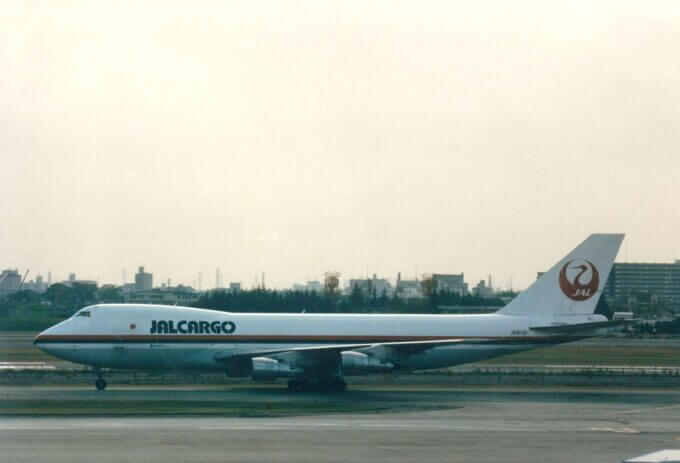
In my previous article, I introduced the incident on November 17, 1986, when JAL 1628, a Japan Airlines Boeing 747 cargo aircraft, encountered and was chased by a gigantic UFO over eastern Alaska.

In this article, among the skeptical opinions about this incident, I would like to introduce the Jupiter misidentification theory by Phillip J. Klass, an American journalist and UFO researcher known for his skepticism about UFOs.
Skepticism about Japan Air Lines Cargo Flight 1628 incident
Hardships Faced by Captain Terauchi After the Incident
After the incident occurred, the three Japanese crew of JAL 1628, including Captain Terauchi, were interviewed by the Federal Aviation Administration upon arrival at Anchorage International Airport.
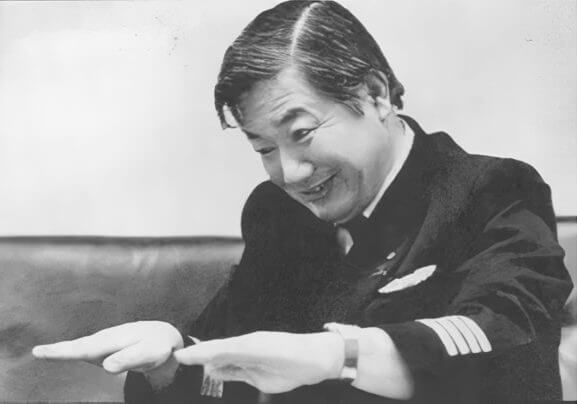
In December, Kyodo News’ London bureau chief, Hiroshi Eguchi, heard rumors of this incident from a JAL acquaintance, interviewed Captain Terauchi, who was staying at the Forum Hotel in London, and distributed the interview as news. Then, the media all over the world reported the UFO encounter by JAL 1628, and this shocking news spread quickly all over the world.

This series of reports made Captain Terauchi a famous pilot, but JAL decided that having Terauchi, who claimed to have seen a giant UFO, work as a pilot was problematic, and removed him from pilot duty and assigned him to a desk job on the ground.

In an article in the Business Journal, aviation critic and former Japan Airlines captain Hiroshi Sugie*1 described the circumstances of this incident as follows.
In my lectures and other events, I have been asked the question, ‘Pilots fly all over the world, so have they ever seen UFOs?” When I am asked this question, I answer, ‘Most pilots have never seen one, but some have.’
There was once a case in which a senior captain I knew reported that he was followed by a UFO during a flight from Europe to Anchorage Airport in Alaska. According to this captain’s account, during the final approach, several groups of lights, which he believed to be UFOs, followed his aircraft and did not leave.
However, the response of the Japanese Ministry of Land, Infrastructure, Transport and Tourism (MLIT) to this report exceeded my expectations. The MLIT immediately had the captain diagnosed by a psychiatrist at the Aviation Medical Research Center, which issues physical examination certificates for pilots under the ministry’s jurisdiction, and the doctor determined that the captain was mentally abnormal and placed him under suspension from flight operations, suspending the validity of his aviation physical examination certificate.
The basis for this judgment was probably the idea that UFOs do not exist in this world, and that anyone who claims to have seen one is crazy.
Hiroshi Sugie, Septermber 16, 2017,”Alaska Joku de Pilot ga ‘UFO ni Oikakerareta’ tono Houkoku … Kuni ga Joumuteishi Shobun ni (Pilot reports being ‘chased by a UFO over Alaska … suspended from flight by the government.)” “The Captain’s Eye,” Business Journal.
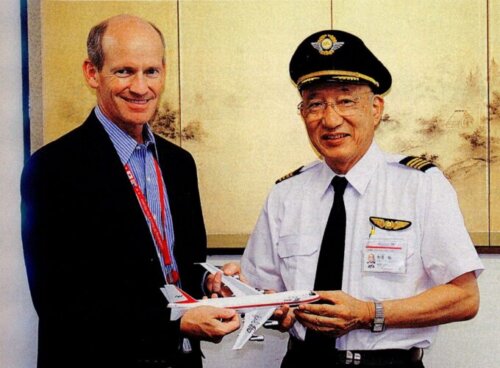
On the other hand, there were various skeptical opinions about the JAL 1628 case. One of them is introduced below.
The UFO Seen by the Crew of JAL 1628 Was a Misidentification of Jupiter
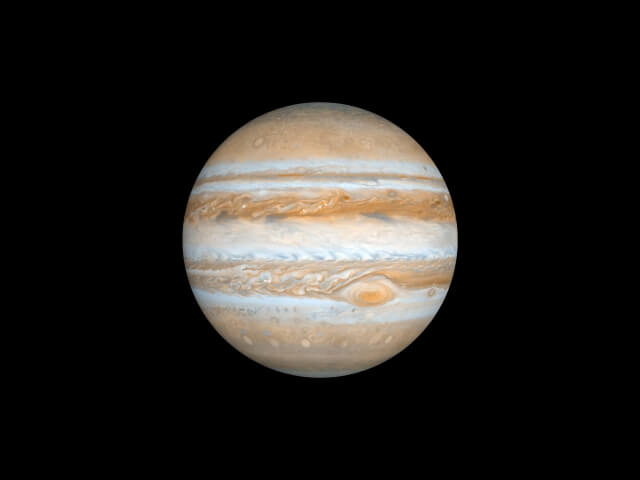
The following is quoted in part from the article “Pilot’s UFO sighting called a bright image of the planet Jupiter” in the Washington Times (January 29, 1987).
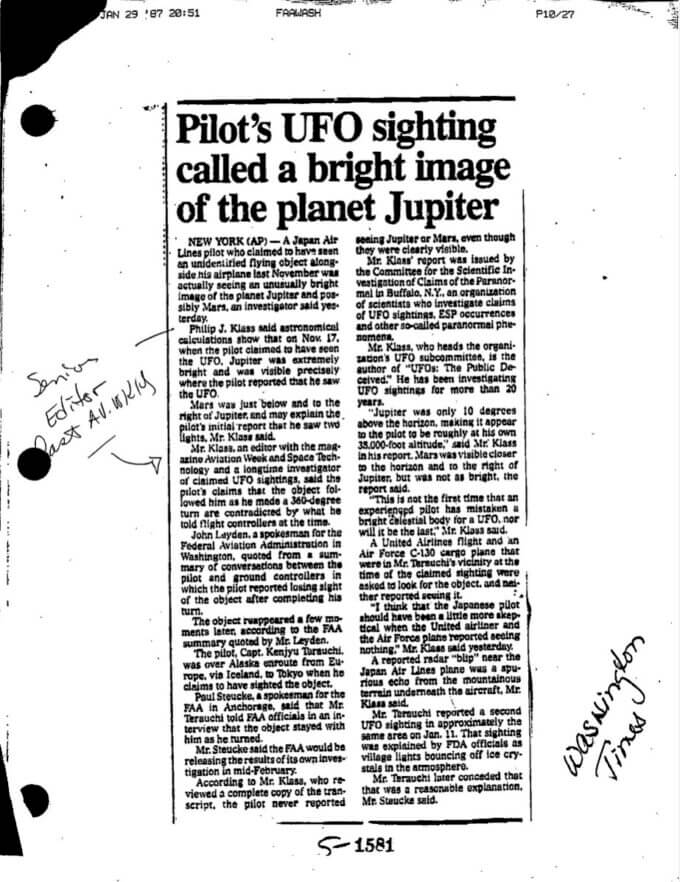
A Japan Air Lines pilot who claimed to have seen an unidentified flying object alongside his airplane last November was actually seeing an unusually bright image of the planet Jupiter and possibly Mars, an investigator said yesterday.
Phillip J. Klass*2 said astronomical calculations show that on Nov. 17, when the pilot claimed to have seen the UFO, Jupiter was extremely bright and was visible precisely where the pilot reported that he saw the UFO. Mars was just below and to the right of Jupiter, and may explain the pilot’s initial report that he saw two lights, Mr. Klass said.
(Omitted)
According to Mr. Klass, who reviewed a complete copy of the transcript, the pilot never reported seeing Jupiter or Mars, even though they were clearly visible.
(Omitted)
“Jupiter was only 10 degrees above the horizon, making it appear to the pilot to be roughly at his own 35,000-foot altitude,” said Mr. Klass in his report, Mars was visible closer to the horizon and to the right of Jupiter, but was not as bright, the report said. “This is not the first time that an experienced pilot has mistaken a bright celestial body for a UFO, nor will it be the last,” Mr. Klass said.
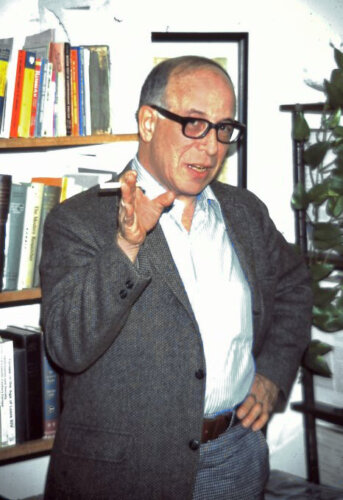
Robert Sheaffer – Own work
By the way, in his article “Special Reports FAA Data Sheds New Light On JAL Pilot’s UFO Report” in THE SKEPTICAL INQUIRER, Vol. 11, Mr. Klass cites an FAA interview with co-pilot Tamefuji as supporting his own theory that the two UFO lights are Jupiter and Mars.

During FAA interviews in January, copilot Takanori Tamefuji, who was flying the 747 at the time of the initial sighting, confirmed the flight engineer’s recollections that the UFO first sighted was “completely different” from the one later seen further to the left. Tamefuji described what at first appeared to be “two small aircraft” slightly below his own altitude. When the copilot was asked if he could distinguish these lights “as being different” from a star, he replied:
“No.” (The planet Mars would have been visible to the crew about 19 degrees to the right of Jupiter, but it would not have been nearly as bright.)
From Klass’s report above, many may think that in the FAA interview on January 5, 1987, co-pilot Tamefuji asserted that the two lights were indistinguishable from stars and that only Captain Terauchi claimed these lights were UFOs.
However, this FAA interview continues, revealing that Tamefuji did not consider the two lights to be stars. Instead, Tamefuji responded, “I saw there were two small aircraft.” Tamefuji said he thought the lights were aircraft navigation lights or landing lights. Tamefuji further describes these lights specifically as follows.

T. Tamefuji: And, but ah, very strange ah, I ah, it was too many lights …
P. Beckner: Too many?
T. Tamefuji: Yes
P. Beckner: Okay
T. Tamefuji: But so it was so luminous, I don’t mean luminous ah, it was too much forever.
P. Beckner: Right, okay. How ’bout the colors of the lights? Is that also …
T. Tamefuji: Humm, might Captain, maybe for different thing and Mr. Fukuda, maybe different thing, but ah, ah I say it was the aircraft so I thought but actually I think …
P. Beckner: Okay
T. Tamefuji: … I think ah, salmon, just like Christmas assorted …
P. Beckner: Okay, okay assorted.
T. Tamefuji: … and ah, I remember, red or orange, hum, and a white landing light, just like landing light. And weak green, ah, blinking …
S. Mimoto: Flashing …
P. Beckner: Flashing …
S. Mimoto: … blinking, blinking
P. Beckner: Blinking
S. Mimoto: (unintelligible) yes
P. Beckner: Okay
T. Tamefuji: How should I say – looks just like this, (hand-signs were made by Mr. Tamefuji) moving like in one …
S. Mimoto: Oh, swinging
P. Beckner: Swinging?
T. Tamefuji: (Japanese)
P. Beckner: Movement
T. Tamefuji: Yes, and ah, ah if there was, there are ah, how should I say, very good formation flight …
P. Beckner: Close formation flight?
T. Tamefuji: Yes close.
(emphasis mine)
Thus, in the FAA interview, co-pilot Tamefuji described numerous multicolored clusters of flashing red, orange, white, and green lights, like Christmas decorations, and that these clusters of lights were flying in close formation, swinging. In other words, it is clear from Tamefuji’s description that these clusters of lights are not misidentifications of Jupiter and Mars, as Klass has pointed out.
Why, then, did Tamefuji answer no to the question at the beginning of the interview about whether the two lights are distinguishable from stars?
Information obtained from interviews conducted with the crew of Japan Airlines Flight 1628 at Anchorage International Airport on the evening of November 17, 1986, and provided by Jim Derry, Manager, Security Division, Alaska Region FAA, includes the following notes:
Normal language difficulty between flight crew and interviewer.
According to the impression of investigator Peter E. Beckner, who interviewed Tamefuji, Tamefuji was not fluent enough in English to describe his experiences, and Beckner had to work out what Tamefuji wanted to say.
In fact, Tamefuji did not answer Beckner’s questions very fluently at the beginning of the interview, probably because his English was not very good. So, during the course of the interview, Sayoko Mimoto, a Japanese female FAA staff member, assisted Tamefuji.
The FAA interview with Tamefuji that Class used as the basis for his Jupiter misidentification theory is as follows.
P. Beckner: And you could distinguish this lights as being different from the star…?
T. Tamefuji: NNNooo…
P. Beckner: … from the stars?
T. Tamefuji: Different is fine.
P. Beckner: Okay (unintelligible) Alright ah um.
(emphasis mine)
A native English speaker might assume from Tamefuji’s “No” answer that he responded, “I could not distinguish these lights as being different from the stars.
However, Tamefuji’s above response, “NNNooo…” I think he meant, “No, that’s not stars.” Also, his above response, “Different is fine” he meant, “The difference is clear.” This is because Japanese often tend to use “fine” in the sense of “OK” or “good.” In other words, it is reasonable to assume that Tamefuji’s above response “Different is fine” really meant, “(the interpretation that the light is) different (from the stars) is fine (OK).”
This interpretation would be consistent with Tamefuji’s specific description of the clusters of lights (which are completely different from stars) in the latter half of the interview.
However, Mr. Klass used Tamefuji’s answer above as the basis for his interpretation in favor of his Jupiter misidentification theory and completely ignored Tamefuji’s description of the clusters of lights revealed in a subsequent interview.
Is Mr. Klass’s approach of taking only statements that are favorable to his own theory and completely ignoring those that are unfavorable to it a truly scientific attitude?
Klass has been called the “Sherlock Holmes of UFOlogy”. But Sherlock Holmes would never be so sloppy in his reasoning as to ignore facts that are inconvenient to him. Holmes would find a complete explanation that is consistent with all points considered.
Contradictions in the Jupiter Misidentification Theory
Even if we assume that the light seen by the crew of JAL 1628 was Jupiter, the following inconsistencies arise.
1. Jupiter appears to the crew as a distant white light, so it does not look like a walnut-shaped object the size of two aircraft carriers.
The Phenomenology Research Report, Vol. 3, No. 6 Issue, No. 30, Editor Robert J. Gribble, received by the Federal Aviation Administration on April 2, 1987, makes the following remarks in this regard.
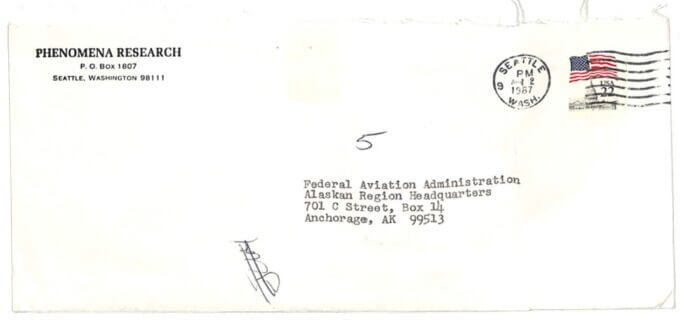
AVIATI ON WRITER SAYS ALASKA UFO PROBABLY PLANET JUPITER–The three-man crew of the JAL airliner who observed a huge UFO over Alaska on November 17, 1986, probably observed nothing more than the planet Jupiter, according to Phillip Klass, an aviation writer. According to Klass–who was described as an “exper t ” and “professional investigator”–the very bright planet was only 10 degrees above the horizon making it appear to the pilot to be at roughly his own al ti tude of 35,000 feet. (EDITORS NOTE: According to the astronomy department at the University of Washington, Seattle, the planet Jupiter was 20-degrees above the southern horizon, not 10-degrees. One would have to be very desperate to explain away this UFO incident with the explanation that the crew observed the planet Jupiter. To the crew, Jupiter would appear as a distant white light, not as a walnut-shaped object the size of two aircraft carriers.)
(emphasis mine)
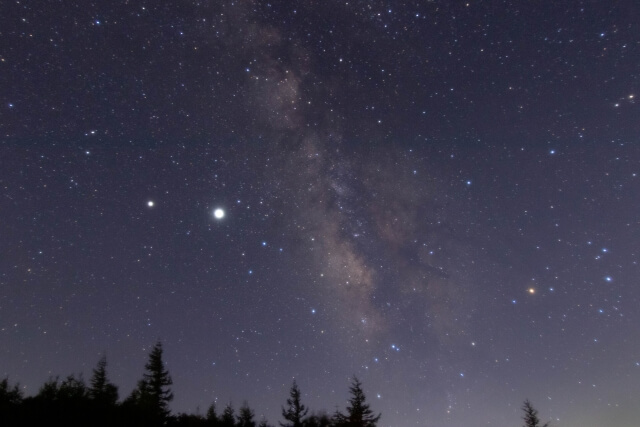
2. Jupiter was visible in the southeastern sky at the time, but the UFOs were moving in various directions, including 10 o’clock and 12 o’clock when viewed from JAL16328. Also, the first two UFOs were moving closer to or away from JAL 1628.
The following is from the article “ENCOUNTER OVER ALASKA THE UFO THAT CAN’T BE EXPLAINED” by Marguerite Del Giudice, INQUIRER, May 24, 1987.
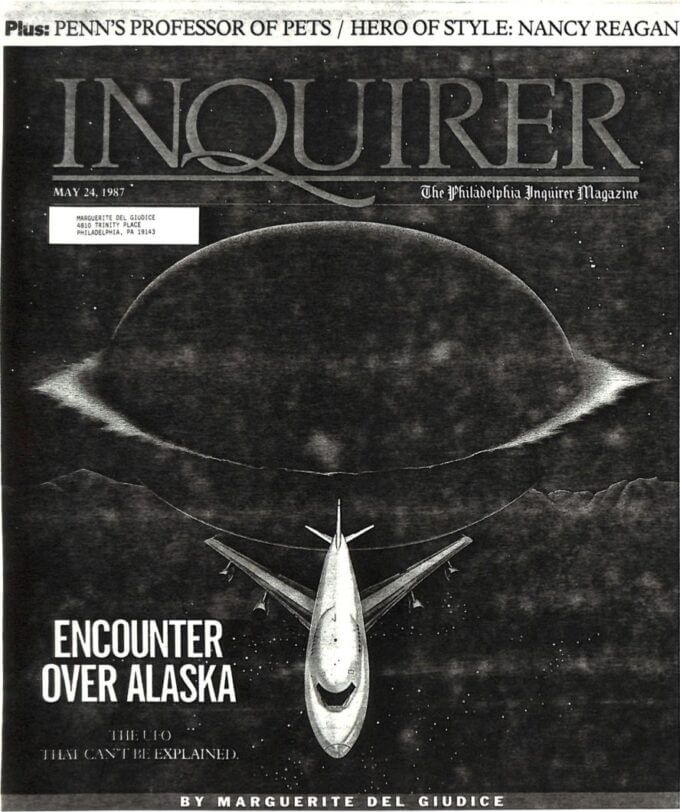
During the day, Richard Haines works at NASA’s Ames Research Center in Mountain View as chief of the Space Human Factors Office – they’re helping design the interior of the space station as well as new space suits. At night and on weekends, at his own expense, he tries to keep track of and explain high-altitude sightings like Capt. Terauchi’s – his hobby for 20 years.
He thinks pilots make good subjects: highly stable, highly trained, highly motivated, scientifically inclined, and unlikely to make casual reports of strange sightings, because of the potential to be embarrassed among their peers. Plus, an airplane comes with instruments that can record phenomena- “a flying laboratory,” says Haines.
Over the years he has looked into 3,000 pilot sightings and explained 2,500 of them as illusions or misidentifications of atmospheric phenomena. ”But nonetheless,” he says, “I have quite a few that are very unexplained, I would say 500.” The Alaska sighting is one of them but he says about it was the publicity. “People tend not to know about the others.”
(Omitted)
HAINES COULDN’T buy the theory. It focused only on the very end of the 50-minute episode, and did not take the crew’s entire experience into account.
“There’s no way it could be a planet,” he says. ”The autopilot was flying the airplane in a straight line. Terauchi tells me that the object first appeared at 12 o’clock, then moved out rather quickly to 10 o’clock or 10:30 before it came back again.“
That’s not Jupiter, he says, because Jupiter doesn’t move. “If the airplane is stable . . . and Jupiter is stable, it doesn’t explain this bnsiness” of the objects moving back and forth. Besides, he says, the objects were way too big to be planets.
When the story about Klass’ Jupiter theory came over the wires at the Anchorage Daily News, Hal Bemton called up Terauchi. The pilot was adamant —.
he had recognized Jupiter during the flight, and whatever had tailed him was no planet.
(emphasis mine)
A Picture Is Worth a Thousand Words
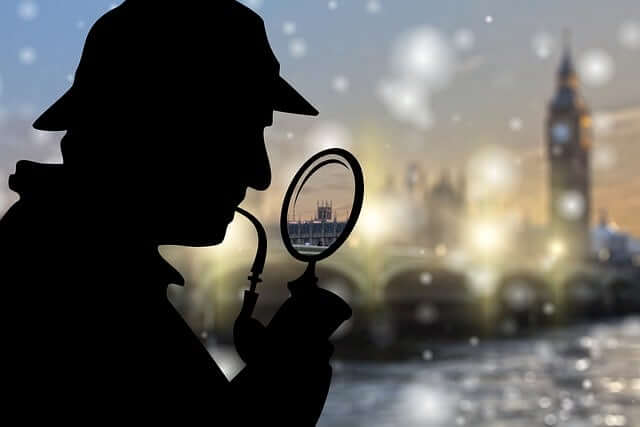
Rather than exhausting a thousand words to verify the validity of Klass’s Jupiter misidentification theory, it would be more obvious to show it with actual reproduced images.
Fortunately, today, it is possible to fully reproduce what Jupiter and Mars actually looked like over Alaska at the time with the astronomical simulation software Astro Art’s Stellar Navigator 12*3.
FAA records reveal the exact location and date of JAL 1628 at that time. So let’s actually compare the image of the UFO that Captain Terauchi saw with the reproduced images of Jupiter and Mars by Stellar Navigator 12.
Image of Two UFOs Based on Captain Terauchi’s Sketch
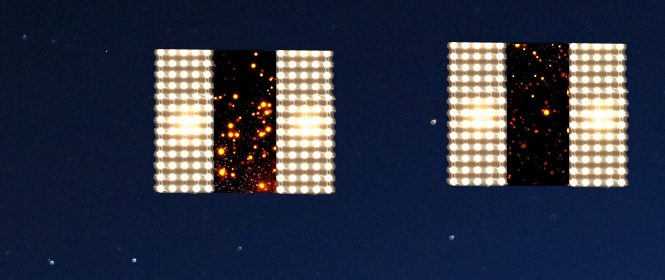
Image of Jupiter and Mars at The Same Time Reproduced by Stellar Navigator 12
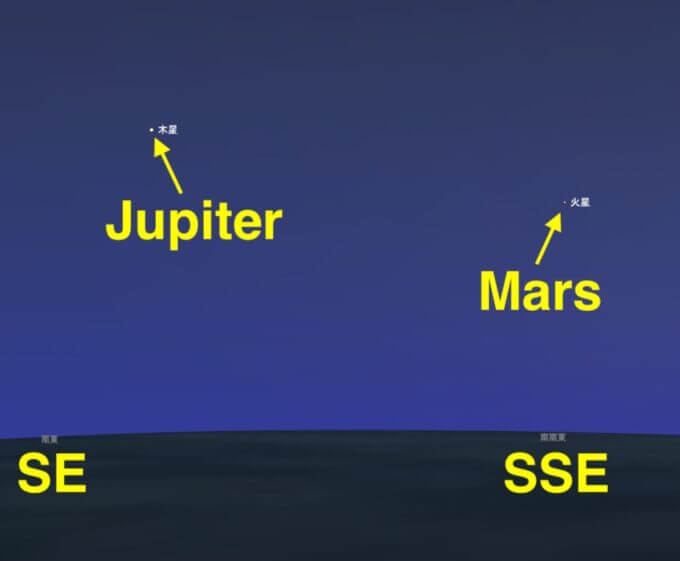
Image of a Gigantic UFO Based on Captain Terauchi’s Sketch
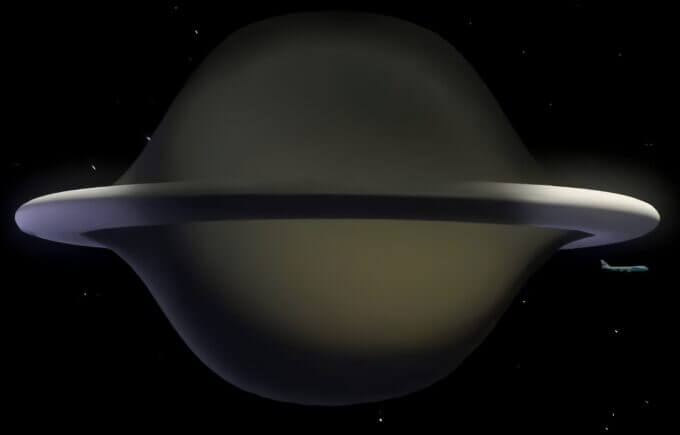
Image of Jupiter and Mars at The Same Time Reproduced by Stella Navigator 12
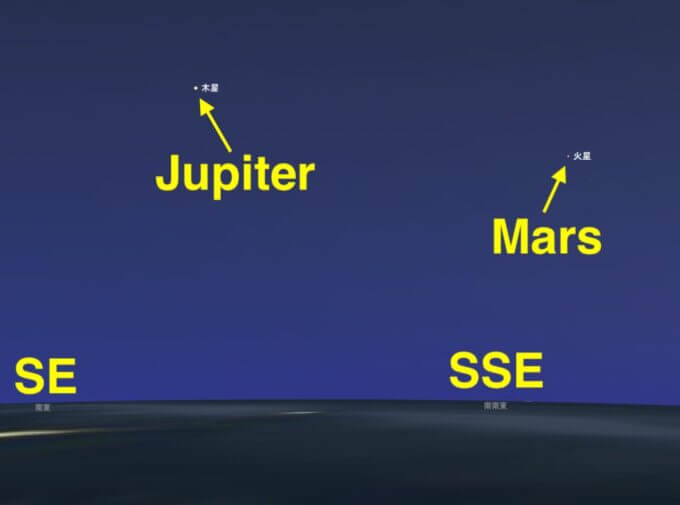
Comparing the images above, are you convinced that Mr. Klass’s Jupiter misidentification theory is the product of brilliant Sherlock Holmes-like reasoning? Or would you consider Mr. Klass’s theory a product of mediocre reasoning, not even a close second to Holmes’?
You, the armchair detective, are the final judge!

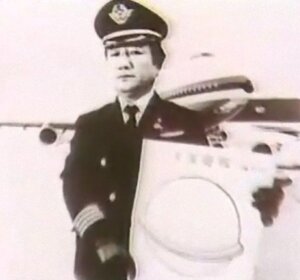
Published on May 16, 2023
Updated on May 24, 2023
Written by OTAKUPAPA
References
1. THE BLACK VAULT: Japanese Airlines JAL 1628 UFO Encounter, November 17, 1986, John Greenewald, September 21, 2018.
2. Hiroshi Sugie, September 16, 2017, “Alaska Joku de Pilot ga ‘UFO ni Oikakerareta’ tono Houkoku … Kuni ga Joumuteishi Shobun ni (Pilot reports being ‘chased by a UFO over Alaska … suspended from flight by the government.)” “The Captain’s Eye,” Business Journal.
3. Hiroshi Sugie (August 2016). 747 Jumbo Monogatari Tanjou kara Dash 8 made Eikou no Hanseiki (747 Jumbo Story Half a century of glory from birth to Dash 8), JTB Can Books.
4. Washington Times, January 29, 1987, “Pilot’s UFO sighting called a bright image of the planet Jupiter”
5. THE SKEPTICAL INQUIRER, Vol. 11, “Special Reports FAA Data Sheds New Light On JAL Pilot’s UFO Report” by Phillip J. Klass.
6. Record of Interview With JAL First Officer Takanori Tamefuji at the Federal Building, Anchorage, Alaska on January 5, 1987, by Inspector Peter E. Beckner and Japanese Interpreter Sayoko Mimoto, FAA Airways Facilities.
7. The Phenomenology Research Report, Vol. 3, No. 6 Issue, No. 30, Editor Robert J. Gribble.
8. INQUIRER, May 24, 1987, “ENCOUNTER OVER ALASKA THE UFO THAT CAN’T BE EXPLAINED” by Marguerite Del Giudice.



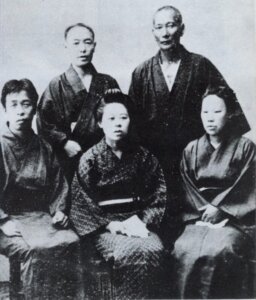


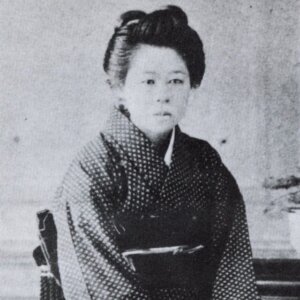
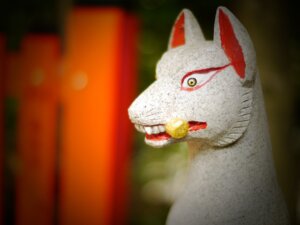
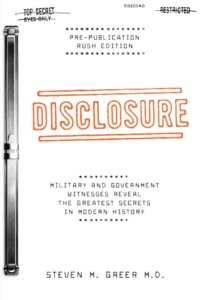
Comments